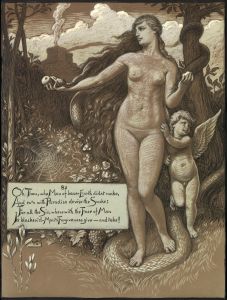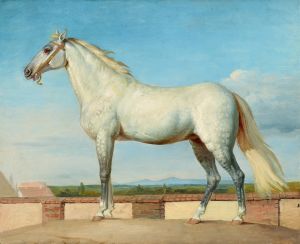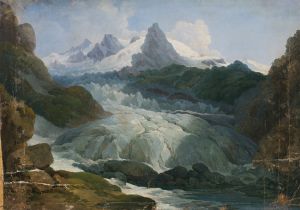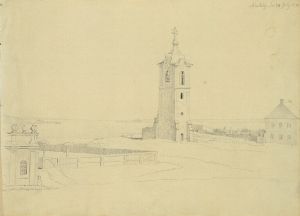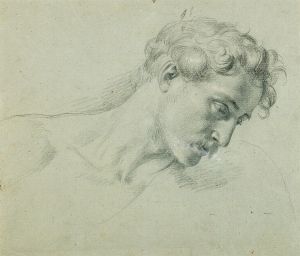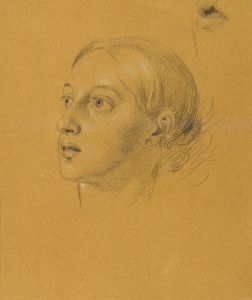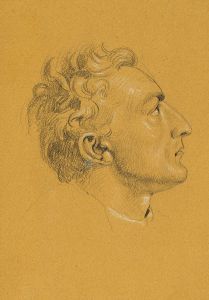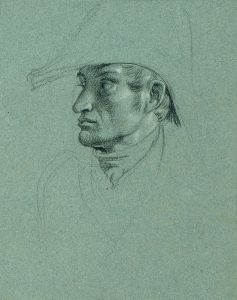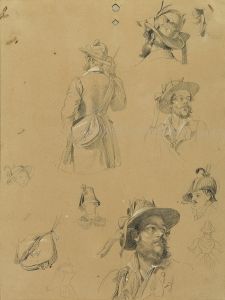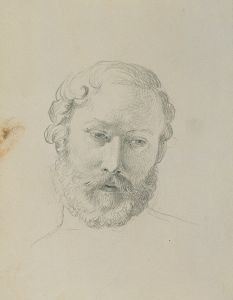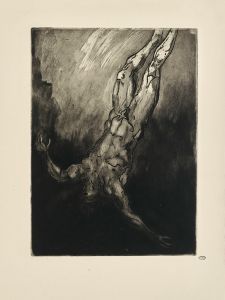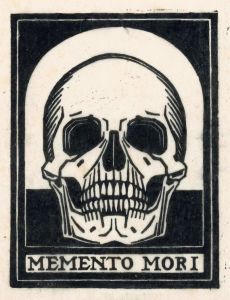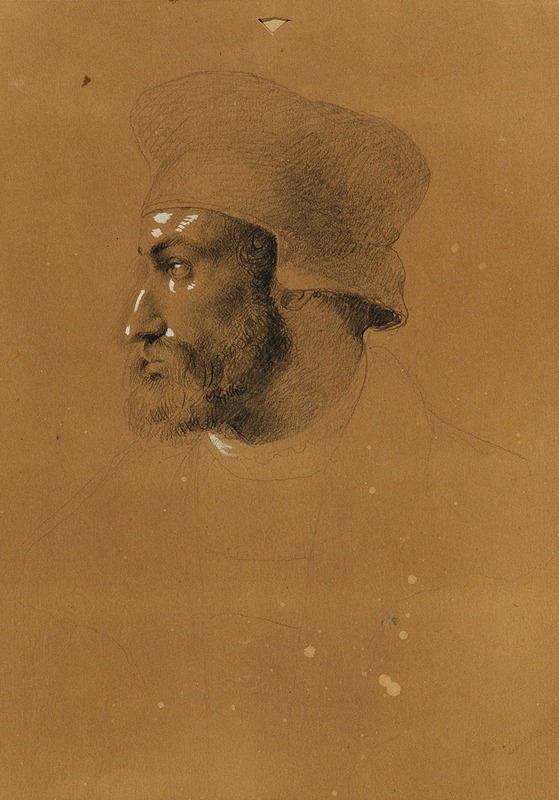
Kopfstudie zu ‘Faust’
A hand-painted replica of Johann Peter Krafft’s masterpiece Kopfstudie zu ‘Faust’, meticulously crafted by professional artists to capture the true essence of the original. Each piece is created with museum-quality canvas and rare mineral pigments, carefully painted by experienced artists with delicate brushstrokes and rich, layered colors to perfectly recreate the texture of the original artwork. Unlike machine-printed reproductions, this hand-painted version brings the painting to life, infused with the artist’s emotions and skill in every stroke. Whether for personal collection or home decoration, it instantly elevates the artistic atmosphere of any space.
Johann Peter Krafft was an Austrian painter known for his historical and genre scenes. One of his notable works is "Kopfstudie zu ‘Faust’," which translates to "Head Study for 'Faust'." This painting is a study piece related to the famous German legend of Faust, a scholar who makes a pact with the devil in exchange for unlimited knowledge and worldly pleasures. The Faust legend has been a rich source of inspiration for many artists, writers, and composers over the centuries, most famously adapted by Johann Wolfgang von Goethe in his dramatic works.
Krafft's "Kopfstudie zu ‘Faust’" is a preparatory study, which suggests that it was likely created as part of his process in developing a larger or more complex work related to the Faust theme. Such studies are common in the artistic process, allowing the artist to explore expressions, lighting, and composition before committing to the final piece. In this study, Krafft focuses on capturing the character's facial features and expressions, which are crucial in conveying the psychological depth and moral complexity of Faust's character.
Johann Peter Krafft was born on September 15, 1780, in Hanau, Germany, and later moved to Vienna, where he became a prominent figure in the Austrian art scene. He was a student of the Academy of Fine Arts Vienna and later became a professor there. Krafft's work is characterized by its detailed realism and the ability to capture the emotional essence of his subjects, qualities that are evident in his study of Faust.
The Faust legend, which Krafft's study is based on, has its roots in German folklore and has been interpreted in various ways throughout history. Goethe's version, which is likely the inspiration for Krafft's study, presents Faust as a deeply conflicted character, torn between his insatiable thirst for knowledge and the moral implications of his pact with Mephistopheles, the devil. This duality and inner turmoil are themes that artists like Krafft have sought to explore through their work.
Krafft's contribution to the arts, particularly through works like "Kopfstudie zu ‘Faust’," reflects the broader Romantic movement of the time, which emphasized emotion, individualism, and the exploration of complex themes such as the supernatural and the human condition. His ability to convey these themes through his art has cemented his place in the history of European painting.
While specific details about the creation date or the current location of "Kopfstudie zu ‘Faust’" are not widely documented, Krafft's overall body of work continues to be studied and appreciated for its historical and artistic significance. His paintings are held in various collections, including museums and galleries in Austria and Germany, where they continue to be admired by art enthusiasts and scholars alike.





